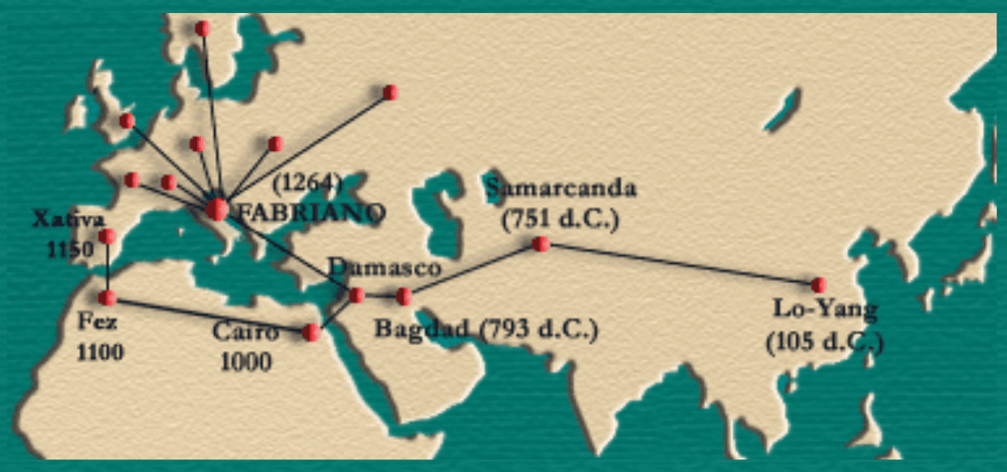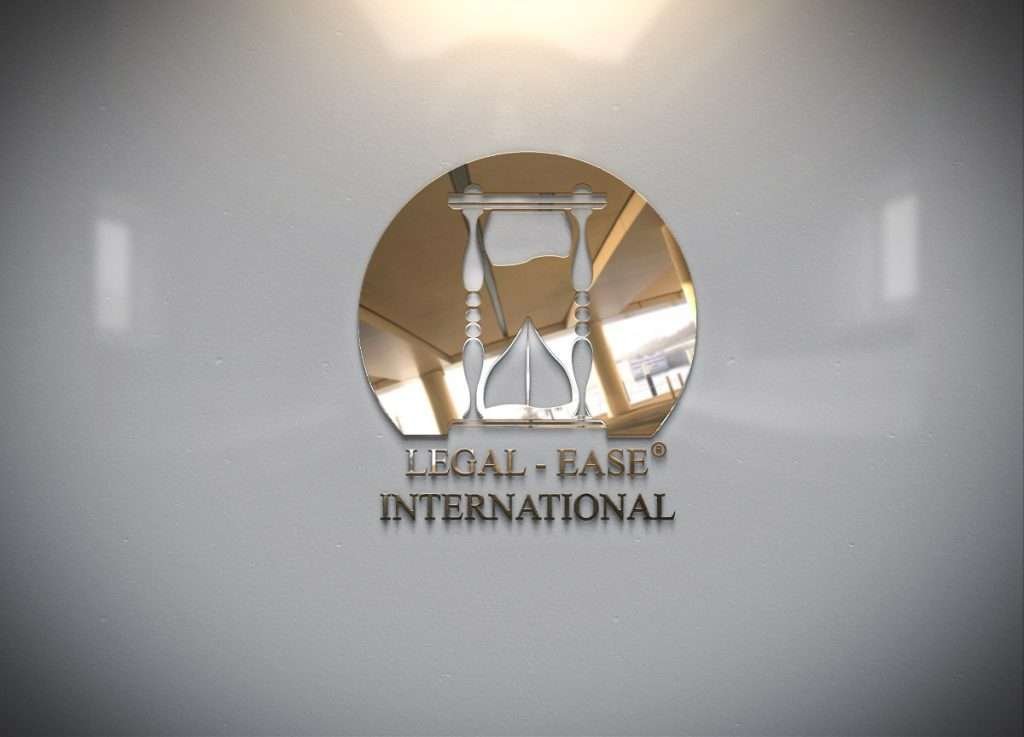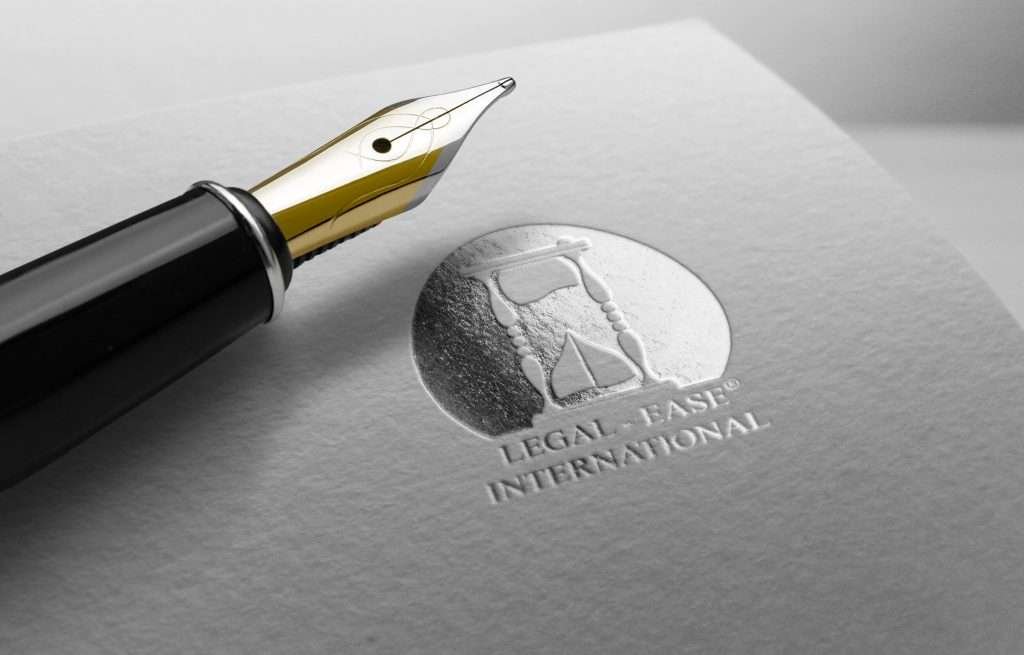by Dena Falken

ITALIAN PAPER HISTORY
Having a rich culture and even richer food, Paper is one of the best things to buy in Italy. Italy is rich in unique treasures, from cutting-edge fashion and design to cutting-edge craftsmanship, a refreshing change from the anonymity of chain stores, while steeped in history and tradition that often stretches back centuries.
After Spain, Italy was the place where paper production began in Europe. The technique was introduced to the Iberian Peninsula by the Arabs, who acquired it along the Silk Road while traveling from China, where the world’s first paper was made around the 2nd century AD. After being founded in Spain and Portugal in the 11th century, paper production expanded to Sicily in the 13th century and then to mainland Italy.
AMALFIA
One of the most powerful maritime republics of the Middle Ages, the Republic of Amalfi was one of the first places on the Italian peninsula to come into contact with papermaking and the Canneto River bubbling up from the slopes of the mountains directly over the city to the sea, and a shipping port ready to export goods, a thriving paper industry quickly emerged in the first half of the twelfth century. Unlike Chinese and Arab papermaking, where wood and cotton pulp were crushed by hand, Europe introduced innovative water-powered mills that mechanized the hammer crushing process.
At the height of production, which lasted until the mid-19th century, the river gorge on the hillside behind Amalfi was known as Valle Dei Mulini or Valley of the Mills, home to more than a dozen mills, all abandoned when the Industrial Revolution took its toll. obsolete medieval. Today, the only paper mill still in operation is the historic Amatruda Cartiera, where the Amatruda family has been producing paper since the 15th century and still produce thick, luxurious cotton sheets with watermarks on everything from royal wedding invitations to stationery.
The Museo Della Carta is an interesting stop to learn about the history of papermaking in Amalfi. Housed in a 13th-century paper mill, the Paper Museum offers guided tours in English that explain the history of papermaking in Amalfi through the ages, mills, and tools, and a demonstration of how a sheet of paper was made from of the original pulp. majolica lined with bathtubs. . The gift shop is a treasure trove of locally made leather notebooks, pressed floral stationery, sketches and writing instruments.
FABRIANO
Paper production quickly spread in Italy, traveling from the coastal commercial center of Amalfi to the fabulous mountain town of Fabriano in Le Marche. Although the city itself is inland, its relative proximity to the important port city of Ancona was likely why Fabriano quickly became one of the first places in Europe to start producing paper on a large scale in the 13th century. Although paper production in Amalfi has almost completely disappeared, Fabriano still produces high-quality industrial and watermarked paper nearly 800 years later.
The history of paper production in Fabriano is so important that in 2013 it joined Bologna and Turin as the third Italian city to be named the Creative City of Crafts, Arts and Folk Traditions by UNESCO. Although the Renaissance marked the height of Fabrian’s paper production (Michelangelo used this paper for his drawings and correspondence, as did many great artists of the time), the city managed to resist decline in the 18th century by introducing industrial production that remained international.
Like Amalfi, Fabriano has an excellent and fascinating paper museum that takes visitors through the history of local papermaking techniques and innovations, as well as courses and workshops in papermaking, printing and marbling. If you can’t get to Fabriano, you can still buy the ubiquitous art paper at almost any art or paper shop in Italy.
FLORENCE
Like papermaking, the art of paper marbling traveled from China through the Middle East and arrived in Europe in the 17th century. Although this method of decorating paper by floating paint in water and then transferring a marble pattern to absorbent paper was used throughout Europe, Florentine bookbinders, who used their unique papers for envelopes and finishing papers, became famous mainly for their craftsmanship and art. While in other parts of Europe the craft was slowly dying out, paper marble was increasingly concentrated around Florence, and the city is now one of the few places where there are craft workshops producing handmade marble paper.
The First Paper Mill In Italy In Fabriano
The paper could have been first made in Fabriano, Italy, as early as 1279 due to Fabriano’s proximity to Ancona, a port that had a large trade with the Arab world.
www.legalenglish.comhttps://legalenglish.com
Legal-Ease International – The World Leader in Legal English


